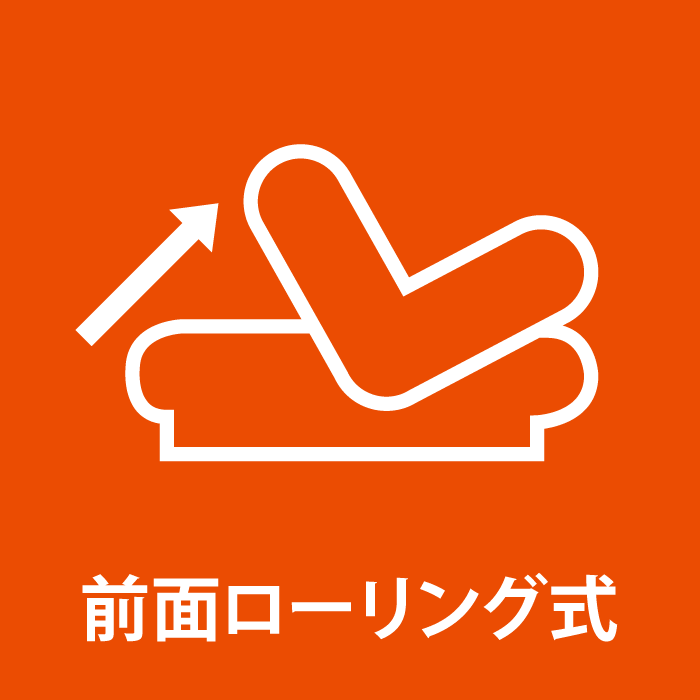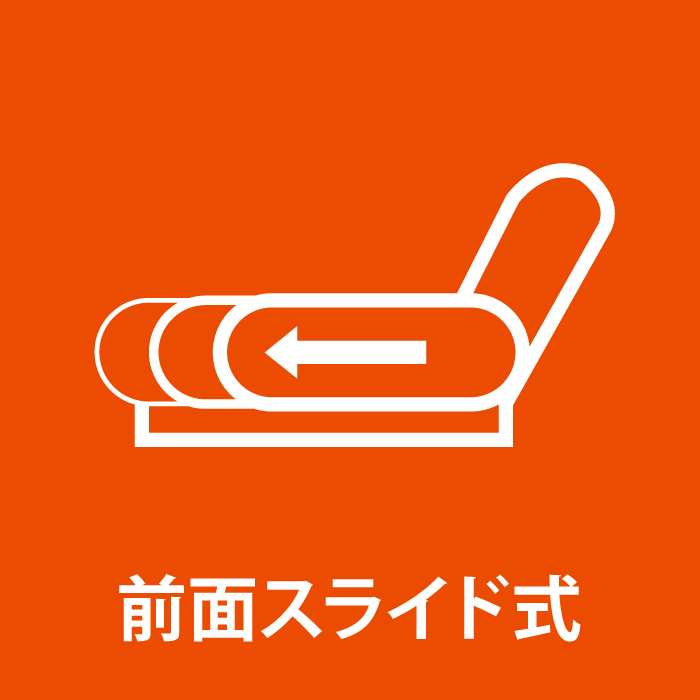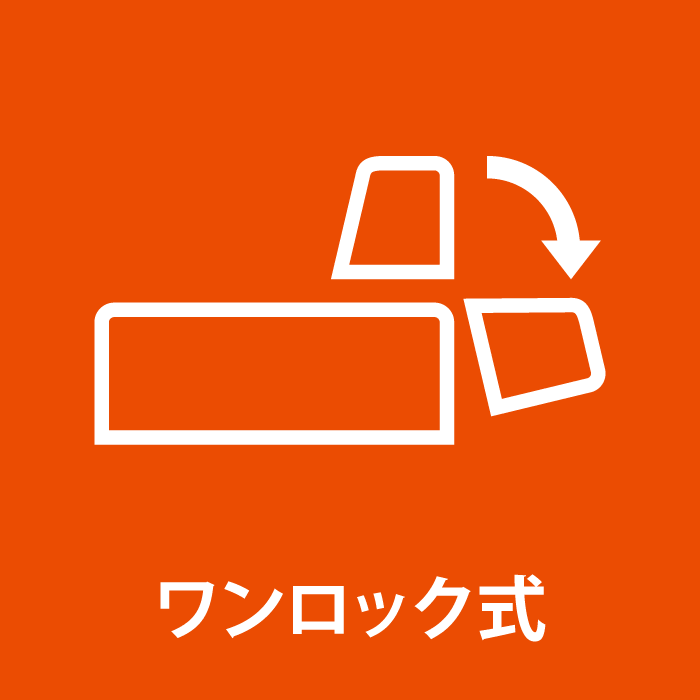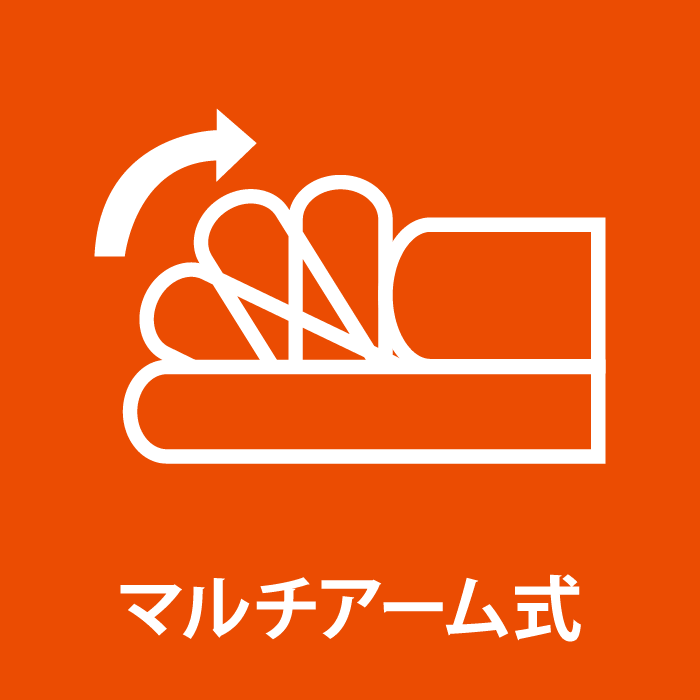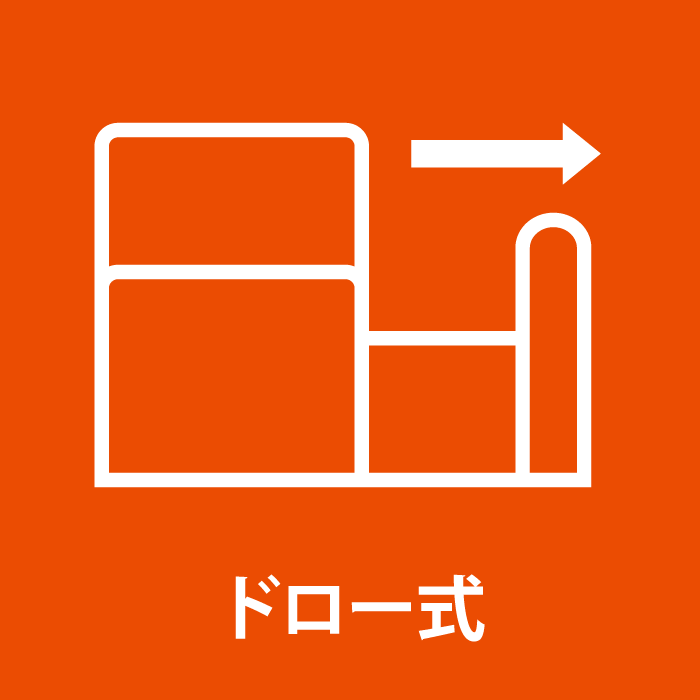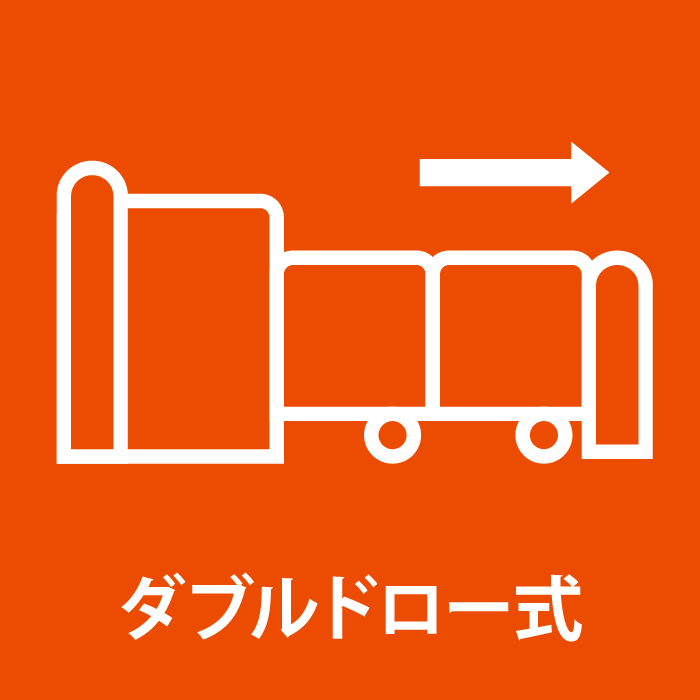Type of mechanism
Sofa beds are popular and known for offering flexibility so that the same space can be used for multiple purposes. However, this flexibility is often seen as coming at the expense of bulkiness and/or comfort. Will the sofa bed be used only occasionally or will it be comfortable enough to sleep on every day? Does it have to fit into a small space, and if so does it need to offer storage space for linens? The biggest and most important determinant of these sofa bed attributes will be the type of mechanism used to transform from sofa to bed.
Traditional Mechanisms
1. Reclining (an industry standard mechanism)
- Operation: from behind push the seatback forward to release the lock and then lower it into the bed position; raise the seatback up into the sofa position.
- Space consideration: need to leave sufficient space behind the sofa bed to access the back.
- Aesthetic implications: low back for a modern look.
- Comfort: depending on the reclining mechanism, this set-up can offer multiple locking positions so the seatback angle can be set as desired. However, it does not allow for an angled seat cushion.
2. Lift and Roll (common type)
- Operation: lift-up the seat and roll it back until the seat locks into the horizontal position and then pull the seat down to lock flat to convert into a bed; lift up the front of the seat until you hear a gear click locking the back cushion into place, then drop the front and the seat falls back into place as a sofa.
- Space consideration: not required to leave open space on either side making these sofa beds ideal for tight spaces and only a small amount of space is required in behind.
- Special considerations: this mechanism allows for storage space under the seat. However, the seat back is prone to reclining unintentionally so this mechanism is not suitable for use in commercial settings due to injury concerns.
3. Shinohara Lift and Roll (a Shinohara original mechanism)
- Operation: lift-up the seat and roll it back until the seat locks into the horizontal position and then pull the seat down to lock flat to convert into a bed; lift up the front of the seat until you hear a gear click locking the back cushion into place, then drop the front and the seat falls back into place as a sofa.
- Space consideration: with this mechanism you can place the back of the sofa bed right against a wall and do not need to leave open space on either side making these sofa beds ideal for tight spaces. This is the only type of traditional mechanisms that can be converted without extra space on the sides or in the back.
- Special feature: the Shinohara version of this mechanism not only allows for storage space under the seat but is also extremely stable so it can even be used in commercial settings.
- Comfort: The Shinohara mechanism allows for a comfortable seating position as the seat cushion can be set at a 3 to 5 degree angle along with taller seat backs.
4. Forward Sliding (a Shinohara original mechanism)
- Operation: raise the front slightly and pull forward to convert into a bed; lift up the back to convert back to a sofa. Very quick and simple; only takes 1 second to convert.
- Space consideration: requires open space only on one side to convert to/from a bed, so the back can be place against a wall.
- Aesthetic implications: This mechanism allows for thinner bases for a more modern look.
- Comfort: The mechanism allows for a comfortable seating position as the seat cushion can be set at a 3 to 5 degree angle along with taller seat backs.
5. Locking Hinge (a Shinohara original mechanism)
- Operation: from behind push the backrest forward to release the lock and then drop it down to convert into a bed; from the back simply lift the back rest until it locks into place to return it to a sofa.
- Space consideration: requires space in behind the sofa bed to operate the mechanism.
- Aesthetic implications: the low-slung design of these sofas makes smaller rooms feel more spacious.
- Comfort: Either a mattress or tatami style of cushioning can be used.
6. Multi-positional Armrests (an industry standard mechanism)
- Operation: pull both armrests inward to release the lock and then let drop into the flat position to convert into a bed; lift the wings/armrests up and lock them into armrest position to use as a sofa.
- Space consideration: the back can be placed right against a wall, but space on both sides is required for use as a bed.
- Aesthetic implications: looks and feels like a standard, modern sofa.
- Comfort: this armrest mechanism can offer multiple locking positions so their angles can be set as desired. The armrests can also be used as a headrest for lounging or as a pillow for sleeping.
Extension Mechanisms
1. Drawer Type (a Shinohara original mechanism)
- Operation: simply pull out the “drawer” to open the sleeping area and then reposition the mats; reposition the mats and then push the drawer back in to return to the sofa position.
- Space consideration: this mechanism allows for a very compact sofa bed design, even allowing a single seat (chair bed) to extend into a full length bed. You just need to make space for the drawer to extend when converting into a bed.
- Special feature: this mechanism allows for storage space under the seat.
- Aesthetic implications: creates a sofa bed that looks like a lounging chair.
2. Double Extension Drawer (a Shinohara original mechanism)
- Operation: simply pull out the seat and reposition the mats to convert into a bed; reposition the mats and then push the seat in to return to the sofa position.
- Space consideration: you need sufficient space in front of the sofa bed when you want to use it as a bed, but you can place its back against the wall. Offers the greatest increase in resting surface area when converting from sofa to bed. (Note: other manufactures can offer single extension drawer types, but double extension drawers are very rare)
- Comfort: Even on the widest models, very little force is required to open or close the bed.
- Aesthetic implications: length extends out 3x and the headboard is very thin since it is not hiding the mattress. Parts and fabric can be easily replaced during maintenance, so it is ideal for high-use applications such as in hotel rooms.
3. Manual Telescopic Mechanism (a Shinohara original mechanism)
- Operation: simply pull open into a sofa; push closed to return to a sofa (cushions may need to be moved).
- Space consideration: you need sufficient space in front of the sofa bed when you want to use it as a bed, but you can place its back against the wall.
- Special feature: The simplest, single motion mechanism.
- Aesthetic implications: the headboard is deep as it stores the mattress during sofa use which also allows for shelf space on top of the headboard. Parts and fabric can be easily replaced during maintenance, so it is ideal for high-traffic use such as in hotel rooms.
4. Auto-Telescopic Mechanism (a Shinohara original mechanism)
- Operation: convert to and from a bed with just a single push of a button and thus no physical effort required (cushions may need to be moved). This is particularly useful for larger sized sleeping areas that increase the weight of the assembly.
- Space consideration: you need sufficient space in front of the sofa bed when you want to use it as a bed, but you can place its back against the wall. The controls are side-mounted so space is required on that side of the sofa.
- Comfort: fully automated for the greatest ease of operation.
- Aesthetic implications: the headboard is deep as it stores the mattress during sofa use which also allows for shelf space on top of the headboard. Parts and fabric can be easily replaced during maintenance, so it is ideal for high-traffic use such as in hotel rooms.
How to choose
Now that you understand the features of different mechanisms, let’s look at the attributes that should be considered based on usage. In addition to the hardware, the choice of cushioning material will also determine the appropriateness of the sofa bed in different applications. Some design combinations are aimed for seating or lounging comfort with just the occasional use as a bed, while others can be used as a primary bed that can be hidden away during the day. Depending on the room and predominant usage, what is desired in a sofa bed will change.
For Living Rooms
Use as an extra bed when unexpected or short-term guests stay overnight
- Daily use will be as a sofa so a priority must be placed on sitting/lounging comfort. An angled seat is desirable.
- In the living room the aesthetics are key as your sofa will likely be the focal point of the room. The back of the sofa bed should be attractive so it can also be placed in an open area.
- If your living room is small, a compact sofa bed will be the best choice. Designs that also incorporate storage space for guest linens offer the greatest flexibility.
- Conversion to a bed should be simple and preferably not require other furniture to be moved.
For Bedrooms
In place of a standard bed so that the bedroom can have other uses during the day
- The top priority must be placed on sleeping comfort as it will be used as a bed every day. For this, keep in mind a large sleeping area as well as excellent cushioning (pocket springs). Consider your height when looking at the sofa bed lengths.
- As it will be converted into a bed daily, the durability of the hardware is very important, as is ease of operation.
- In the case that this room will be used as an office or to entertain guests, aesthetics are also important. The sofa bed must match the room and your design taste.
- If the room is small, storage space under the seat is desirable for easily accessing linens.
For Dens/Home Offices
To create an extra bedroom
- Especially now that more and more people are working from home, home offices are very important but may come at the expense of an extra bedroom. A sofa bed allows such a room to be multi-purpose: both a home office as well as a spare/guest bedroom.
- Guests may use it as a bed for an extended stay, so a priority should be placed on sleeping comfort. For this, keep in mind a large sleeping area as well as excellent cushioning (pocket springs).
- The room will be used as an office and likely to entertain guests meaning that aesthetics are also important. The sofa bed must match the room and your design taste.
- Storage space under the seat is desirable for easily accessing linens.
For Hotel Rooms
Add capacity to guest rooms for larger groups and families
- The top priority must be placed on sleeping comfort as it will be used as an extra bed for paying guests. For this, keep in mind a large sleeping area, in particular long lengths to accommodate any height of guest, as well as excellent cushioning (pocket springs).
- It should be easy to apply sheets to the bed and easy for even the guests to convert into a bed themselves.
- Durability of the hardware and fabric as well as the ability to conduct maintenance, such as replacing parts and fabric, will be key due to extensive use. Also, storage space under the seat is desirable for quickly accessing linens.
For Offices
Contingency sleeping space
- Elegant styling and comfortable seating positions are key for sofas used in formal meeting rooms. It is recommended to choose seats with a slight backward sloping angle as well as sturdy armrests for comfort and ease of egress.
- Choosing a sofa bed over a standard sofa adds the option of a quick napping spot during a hard day, a place for sick staff members to rest, or for use in emergencies when staff cannot return home for the night.
- A sofa bed that comes in a variety of size options is recommended so that a unified and professional looking seating set can be assembled from the same product line.
For Hospitals
Emergency sleeping space
- Whether in patient rooms, waiting rooms, or hallways, sofa beds offer hospitals the flexibility of having seating capacity that can be easily turned into beds in emergency situations. This could be during natural disasters or even when family remain for extended periods to be close to hospitalized loved ones. In Japan, sofa beds are also commonly used by fathers in maternity rooms.
- Under normal use, they should be comfortable to sit on even for extended periods.
- Hospitals are high traffic so the durability and ease of cleaning the fabrics are key factors as well as sturdy hardware.
- The size of both the sofa and the converted sleeping space should be compact as to not impede hospital operations.
- Storage space under the seat can be used for housing emergency supplies.

